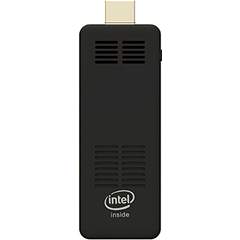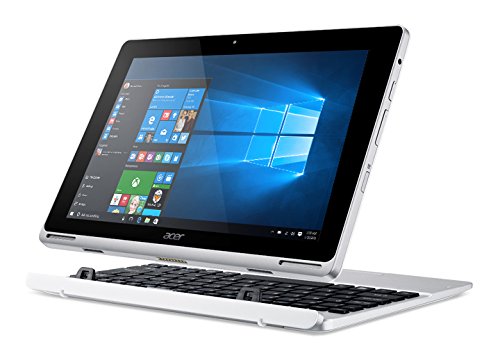The Computer age has spawned some interesting additions to our vocabulary and some of this new vocabulary can be real difficult to properly understand. So, I offer the following to help real people understand some of this new, yet arcane, lingo.
First, some context so we are all firmly planted in the same world. Internet service is provided by an Internet Service Provider (ISP) and may be delivered in several ways; but, in all cases it is still just Internet Service. In your house or business there will be a Point of Provision (POP) and from there Internet service can be provided on a cable (Cat5 or Cat6) or through radio transmission (WiFi) to an assortment of devices (computer, phone, tablet, etc.).
The POP (point of provision or point of presence) is often referred to as a modem (modulator + demodulator) because it converts (modulates) the signal from the ISP into a signal that all of your favorite devices are designed to work with. It may also (in addition) be called a router. A router has the job of assigning addresses to all of your devices so you can request information (over the internet) and receive responses to your requests (and not everyone else’s), direct your requests (traffic) out to the internet and direct responses back to your device. In addition, it may have 1 or more (often 4) RJ45 (big phone plug) ports built-in for connecting devices via a wired connection (Cat5, Cat6, etc.). This router often provides wireless connections to the internet (WiFi) in addition.
WiFi (wireless fidelity) was a term coined for a family of wireless connection types to a Local Area Network(LAN). It was a term picked by the Wireless Ethernet Compatibility Alliance (now called the Wi-Fi Alliance) to refer to any of the protocols developed to provide wireless connectivity within a LAN. Thankfully, there is little reason to understand the protocols used in any given WiFi connection, rather it is only important to match them up (802.11 n connects to 802.11 n or 802.11 ac can connect to 802.11 n, g, or ac). In most cases the user of WiFi has no knowledge of which protocol is in use; it is simply WiFi.
LAN (Local Area Network) is the simple network in your house or business that connects your various devices to the internet and to each other. This network is often automatically administrated by your router. The casual user has no control or impact on how the LAN works, the router takes care of all of that including assigning addresses (a unique address for every device 192.168.0.2 for example), directing traffic in and out, and between devices as necessary. The LAN may be composed of a combination of wired and wireless (WiFi) connections.
WAN (Wide Area Network) generally refers to everything outside of your LAN, this is what your ISP connects you to (the internet). Connections in the WAN can be via satellite links, radio links, WiFi links, wired links, fiber optic links, and a few others. The important thing to remember is that all of this (the WAN) is beyond the user’s control.
A Wired Connection is most commonly done with twisted pair cable either Category 5(Cat5) or Category 6(Cat6); for networking, 2 twisted pairs are required and usually a cable consists of 4 twisted pairs with the rate of twist varying along the length of the cable. The twisting of a pair of wires is done to prevent interference in the signal carried by the cable. Both outside interference bothering the signal in the cable and the signal in the cable interfering with the outside world (televisions, cell phones, cordless phones, etc.) are greatly reduced or prevented through the twisting of wire pairs. In Category 5 not only are the paired wires variably twisted upon each other but, each pair in the bundle is also twisted with the other pairs in the bundle. The use of 4 pairs in a bundle (cable) that we see in Category 5 is the result of developed standards for cabling in businesses back when network and telephone were carried together on a single cable, one pair for the voice (phone), one pair for control (phone – choose a line, put on hold, etc.), and 2 pairs to carry network signal. Now, the third and fourth pairs are used to bypass a broken pair or carry a second network signal most often with commercial phone systems using a separate cable run.
A Switch is a common component of a wired network and simply provides a point of fan out for the cabling; that is, one cable in is replicated to a number of outgoing cables. The signal from any cable connected to the switch is sent to all the cables connected to the switch. This comes in very handy when you have more devices than your router has ports; a router with one port can connect to an 8 port switch and connect to 7 devices. If you have a single cable port in a room and want to connect to a printer and 2 computers, connecting a 4-port switch to the cable allows you to directly connect to those 3 devices.




